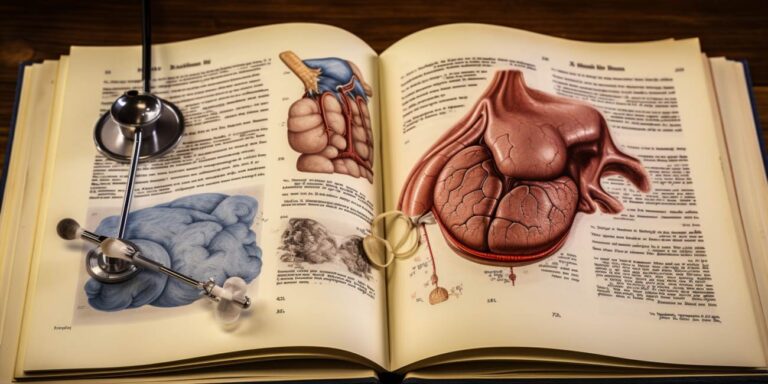Welcome to our comprehensive guide on the topic of what causes Cushing’s disease in horses. In this article, we will delve into the intricacies of this condition, exploring its origins, symptoms, and potential treatments. Let’s embark on this journey to gain a better understanding of Cushing’s disease and how it affects our equine companions.
What is cushing’s disease in horses?
Cushing’s disease, also known as pituitary pars intermedia dysfunction (PPID), is a common endocrine disorder that affects horses, particularly those in their later years. This condition primarily involves the dysfunction of the pituitary gland, leading to an imbalance of hormones in the horse’s body.
Causes of cushing’s disease in horses
Understanding the causes of Cushing’s disease is essential to effectively managing and treating the condition. While the exact cause remains a subject of ongoing research, several factors are believed to contribute to its development:
1. aging
One of the primary risk factors for Cushing’s disease in horses is aging. It is most commonly diagnosed in horses over the age of 15. As horses grow older, changes in their pituitary gland can lead to dysfunction and the onset of PPID.
2. pituitary gland changes
The pituitary gland, located at the base of the brain, plays a crucial role in hormone regulation. In horses with Cushing’s disease, changes occur in the pituitary gland, causing it to overproduce certain hormones, most notably adrenocorticotropic hormone (ACTH). This overproduction disrupts the body’s hormonal balance.
3. genetics
Genetics may also play a role in a horse’s susceptibility to Cushing’s disease. Some breeds are more predisposed to the condition than others. Ponies, for example, are known to have a higher incidence of Cushing’s disease.
4. environmental factors
Environmental factors, such as diet and exposure to certain toxins, may contribute to the development of Cushing’s disease. A diet high in sugars and starches can potentially exacerbate the condition. Additionally, exposure to pesticides and herbicides may be linked to an increased risk.
Signs and symptoms
Recognizing the signs and symptoms of Cushing’s disease in horses is crucial for early diagnosis and intervention. Common clinical signs include:
- Abnormal hair growth
- Excessive sweating
- Increased thirst and urination
- Muscle wasting
- Laminitis
- Weight loss
Treatment and management
While there is no cure for Cushing’s disease in horses, effective management can help improve the horse’s quality of life and slow the progression of the disease. Treatment options may include:
- Medications to regulate hormone levels, such as pergolide
- Dietary changes to reduce sugar and starch intake
- Regular exercise to maintain muscle tone and overall health
Can cushing’s disease be cured in horses?
No, Cushing’s disease cannot be cured in horses. However, it can be managed with appropriate veterinary care and lifestyle adjustments to improve the horse’s well-being.
Is cushing’s disease more common in certain horse breeds?
Yes, certain breeds, such as ponies, are more predisposed to Cushing’s disease. However, it can affect horses of any breed.
What is the life expectancy of a horse with cushing’s disease?
The life expectancy of a horse with Cushing’s disease can vary. With proper management and treatment, many horses can live comfortably for several years after diagnosis.
Are there any preventive measures for cushing’s disease in horses?
While there are no specific preventive measures, maintaining a healthy diet, regular veterinary check-ups, and a low-stress environment can help reduce the risk and manage the condition if it develops.
In conclusion, understanding the causes, symptoms, and management of Cushing’s disease in horses is crucial for horse owners and caregivers. By staying informed and working closely with a veterinarian, you can provide the best possible care for horses affected by this condition.
See also:





